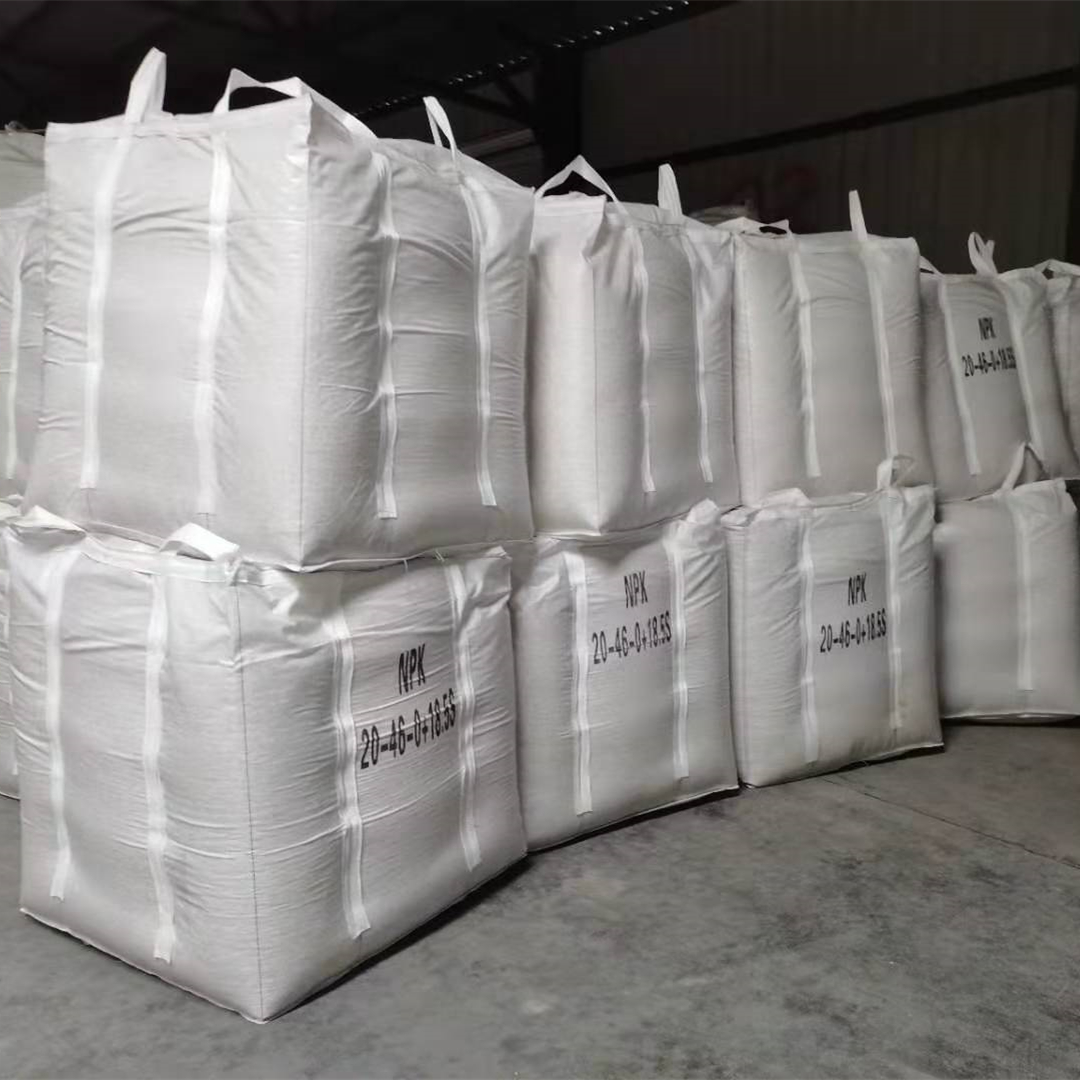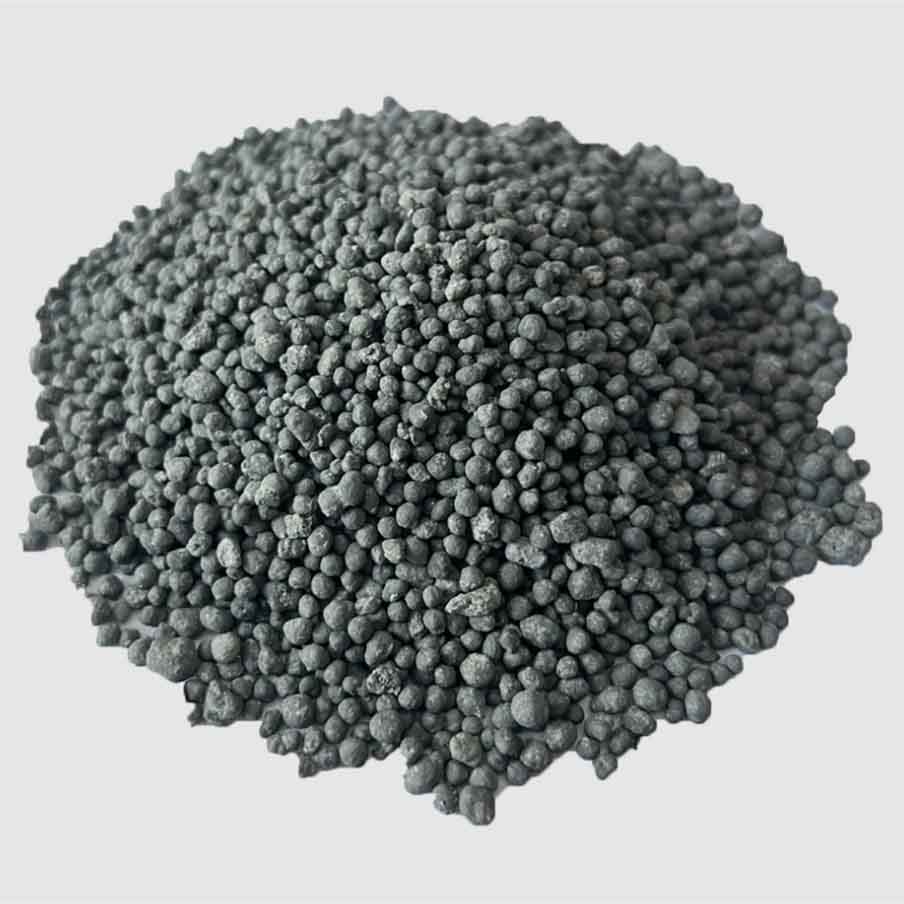Are you a beginner hydroponics enthusiast looking to take your gardening skills to the next level? Creating DIY hydroponic fertilizer will be an excellent way to take control of your plant’s nutrition while saving money and promoting sustainable gardening practices.
One crucial aspect of successful hydroponic gardening is providing your plants with the right nutrients.
While there are many commercially available hydroponic fertilizers on the market, creating your own DIY hydroponics fertilizer can be a cost-effective and rewarding option.
In this comprehensive guide, we will explore the ins and outs how to make your own hydroponic fertilizers, providing you with expert insights, useful tips, and step-by-step instructions to help you nourish your plants for optimal growth.
Understanding Hydroponic Fertilizers
Before we dive into the world of homemade hydroponic fertilizers, let’s first understand the role of fertilizers in hydroponic gardening.
In traditional soil based gardening, plants obtain nutrients from the soil. However, in hydroponics, where plants grow in a soilless medium, it is essential to provide them with a nutrient rich solution directly.
Hydroponic fertilizers are specially formulated to deliver the necessary macronutrients and micronutrients to your plants, ensuring their healthy growth and development.
The Benefits of DIY Hydroponic Fertilizers
Creating your own DIY hydroponic fertilizer offers several advantages:
- It allows you to have full control over the nutrient composition, tailoring it to the specific needs of your plants.
- DIY fertilizers can be more cost-effective compared to commercially available options, saving you money in the long run.
- By making your own fertilizer, you have the opportunity to use organic and sustainable ingredients, promoting environmentally friendly gardening practices.
Essential Nutrients for Hydroponic Plants
To create an effective DIY hydroponic fertilizer, it is crucial to understand the essential nutrients that plants require for healthy growth. These nutrients can be broadly categorized into macronutrients and micronutrients.
Macronutrients
Macronutrients are the primary nutrients that plants need in larger quantities. They include:
- Nitrogen (N): Nitrogen is essential for leaf and stem growth, as well as overall plant vigor. It plays a crucial role in chlorophyll production, which is responsible for photosynthesis.
- Phosphorus (P): Phosphorus is vital for root development, flowering, and fruiting. It aids in energy transfer and promotes overall plant health.
- Potassium (K): Potassium is involved in various plant functions, including water regulation, disease resistance, and nutrient uptake. It contributes to overall plant strength and quality.
Micronutrients
Micronutrients are required in smaller quantities but are equally important for plant growth. They include:
- Iron (Fe): Iron is essential for chlorophyll synthesis and plays a crucial role in photosynthesis.
- Zinc (Zn): Zinc is involved in enzyme activity and helps regulate plant hormone levels.
- Manganese (Mn): Manganese is necessary for photosynthesis, nitrogen metabolism, and enzyme activation.
- Copper (Cu): Copper is involved in various enzymatic reactions and aids in the production of proteins and chlorophyll.
- Boron (B): Boron is essential for cell wall formation, pollen development, and overall plant growth.
- Molybdenum (Mo): Molybdenum is necessary for nitrogen fixation and enzyme activity.
Making Your Own Hydroponic Fertilizer Recipes
Now that we understand the essential nutrients, let’s explore some DIY hydroponic fertilizer recipes that you can easily prepare at home.
These recipes provide a basic framework, and you can adjust the nutrient ratios based on your specific plant requirements.
Recipe 1: Balanced Hydroponic Fertilizer
This recipe provides a balanced nutrient mix suitable for most hydroponic plants:
Ingredients:
- 1 gallon of water
- 2 teaspoons of calcium nitrate
- 2 teaspoons of potassium nitrate
- 1 teaspoon of magnesium sulfate
- 1 teaspoon of monopotassium phosphate
- 1 teaspoon of micronutrient mix (containing iron, zinc, manganese, copper, boron, and molybdenum)
Instructions:
- Fill a clean container with 1 gallon of water.
- Add the calcium nitrate, potassium nitrate, magnesium sulfate, monopotassium phosphate, and micronutrient mix to the water.
- Stir the mixture thoroughly until all the ingredients are dissolved.
- Your DIY balanced hydroponic fertilizer is ready to use.
Recipe 2: High Nitrogen Hydroponic Fertilizer
This recipe is suitable for plants that require a higher nitrogen content, such as leafy greens:
Ingredients:
- 1 gallon of water
- 3 teaspoons of calcium nitrate
- 3 teaspoons of potassium nitrate
- 1 teaspoon of magnesium sulfate
- 1 teaspoon of monopotassium phosphate
- 1 teaspoon of micronutrient mix (containing iron, zinc, manganese, copper, boron, and molybdenum)
Instructions:
- Follow the same instructions as Recipe 1, using the specified quantities of ingredients.
- Stir the mixture thoroughly until all the ingredients are dissolved.
- Your DIY high-nitrogen hydroponic fertilizer is ready to use.
Recipe 3: Flowering Hydroponic Fertilizer
This recipe is specifically formulated for plants in the flowering stage, promoting robust flower development.
Ingredients:
- 1 gallon of water
- 2 teaspoons of calcium nitrate
- 2 teaspoons of potassium nitrate
- 1 teaspoon of magnesium sulfate
- 2 teaspoons of monopotassium phosphate
- 1 teaspoon of micronutrient mix (containing iron, zinc, manganese, copper, boron, and molybdenum)
Instructions:
- Follow the same instructions as Recipe 1, using the specified quantities of ingredients.
- Stir the mixture thoroughly until all the ingredients are dissolved.
- Your DIY flowering hydroponic fertilizer is ready to use.
Application and Usage Tips
Now that you have prepared your DIY hydroponic fertilizer, here are some application and usage tips to ensure optimal results:
- Dilution: Before using your DIY fertilizer, it is essential to dilute it with water to achieve the desired nutrient concentration. Follow the recommended dilution ratios provided with each recipe.
- pH Adjustment: Test the pH of your nutrient solution using a pH meter or test strips. Hydroponic plants generally thrive in a pH range of 5.5 to 6.5. Adjust the pH using pH Up or pH Down solutions to ensure optimal nutrient uptake.
- Feeding Schedule: Establish a feeding schedule based on the specific needs of your plants. Monitor your plants closely and adjust the feeding frequency and nutrient concentration accordingly.
- Nutrient Monitoring: Regularly monitor the nutrient levels in your hydroponic system using an electrical conductivity (EC) meter. This will help you ensure that your plants are receiving the right amount of nutrients.
- Water Quality: Use high-quality water for your hydroponic system. Tap water may contain high levels of minerals or chlorine, which can affect plant health. Consider using filtered or distilled water for better results.
- Flushing: Periodically flush your hydroponic system with plain water to remove any nutrient buildup or salts that may accumulate over time.
Homemade Hydroponics Fertilizers
Creating homemade DIY hydroponic fertilizer is an excellent way to take control of your plant’s nutrition while saving money and promoting sustainable gardening practices.
By understanding the essential nutrients, experimenting with different recipes, and closely monitoring your plants’ needs, you can provide them with the optimal nutrition they require for healthy growth and abundant yields.
Remember to adjust the nutrient ratios based on your specific plant requirements and always prioritize the pH and nutrient monitoring for optimal results.



